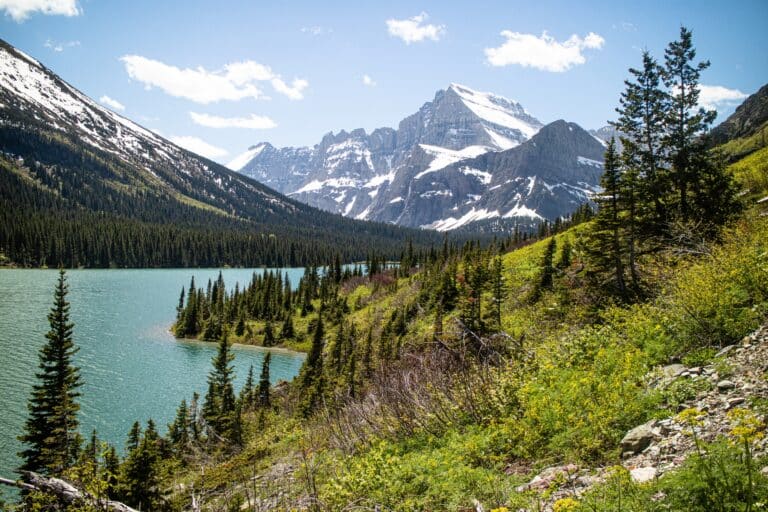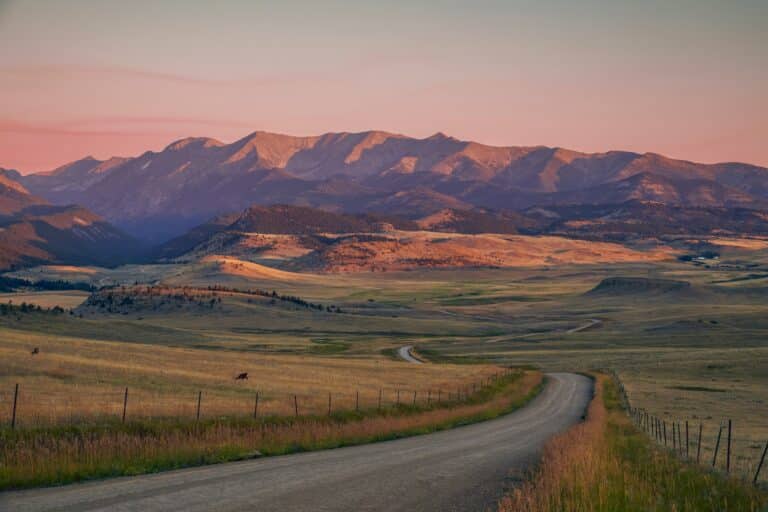Words by Jay Bentley and Patrick Dillon | Photographs by Lynn Donaldson
Montana is a place with a lot of grass, and a lot of grass means red meat and wild game. Historians tell us the first residents were Native American tribes who followed the woolly mammoth across the frozen expanse of the Bering Straits. Today, their descendants, the Crow, Blackfoot, Gros Ventre, Cheyenne, Arapaho, Shoshone, Sioux, and Flathead comprise the principle Montana nations. Their ancestors were big meat eaters! Their diets relied mainly on bison, elk, and antelope that roamed the region’s immense grasslands in huge numbers. When the Lewis and Clark expedition passed through on its journey to the Pacific, the explorers’ journals were filled with passages exalting the incredible variety of game they encountered. Unfortunately for the tribes and the animals, the stories in those journals spelled the beginning of the end for plentiful wild game. Grass was gold and there were fortunes to be made. In less than a lifespan, the bison were virtually exterminated. The native tribes were subdued and “relocated” to reservations, where, once out of the way, they could begin the process of becoming “civilized.” The age of cultivated, grass-fed beef had begun.
The opening of the range happened in a few short years as cattlemen and sheepmen arrived from all over to get rich in the livestock business. At first, the longhorn was the steer of choice because of its heartiness and ability to survive the cruel climate. In those days there was nothing but open range and these tough critters would graze over thousands of square miles like the bison they replaced. One problem was that longhorns tended to taste as tough as the landscape they roamed. Soon, they were replaced by more delectable Angus and Herefords, and like the bison before them, the longhorn all but disappeared. Blizzards, drought, range wars, and fluctuating prices took their toll on the original cattle and sheep empires and most of the old ranches were broken up and sectioned off as the days of the open range drew to an end. Some cattle and sheepmen got rich but most faded away, their era over.
Today, cattle and, to a smaller extent, sheep, still account for most of the ranching industry in Montana, but since nothing stays the same, a new beast is gaining popularity. Although they presently account for only a small share of the total livestock, bison are making a widely heralded return to the marketplace. Because of their low-fat content, heartiness, and just plain romantic appeal, a lot of Montana ranches are switching from cattle to buffalo production. The acknowledged king of the buffalo movement is Ted Turner, who has dedicated his 1.5 million acres in Montana, New Mexico, and Nebraska to return bison to the land and to dinner tables. — Excerpt from Open Range
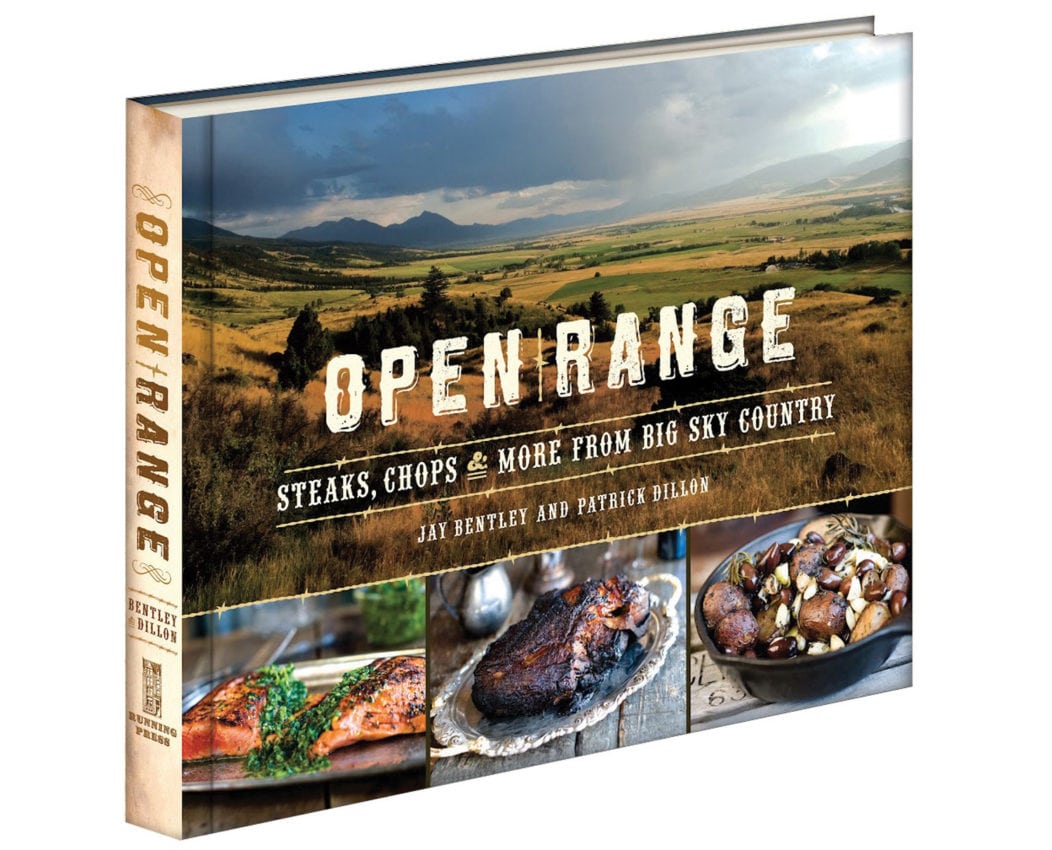
Monster Sirloin 
As the proprietor of a steakhouse, I frequently get asked: “What’s your favorite steak?” It depends. For pan-searing a single steak, rib-eye is my favorite. But my favorite piece of meat to throw on the grill at home is a 1¾- to 2-inch-thick center-cut sirloin, with an inch of fat around the edge. People tend to think incorrectly of sirloin steak as one of the cheaper, inferior cuts, and a lot of the old-time Montana steakhouses still carry them on their menus. When you try to grill any steak that’s less than an inch thick, you’re bucking a good outcome. Just remember, fat is essential to the flavor of the cut as it melts and drips during the cooking. This allows the flame to flare up and lightly char the outside edges of the steak during the grilling process.
Sicilian-Style Venison Tenderloin
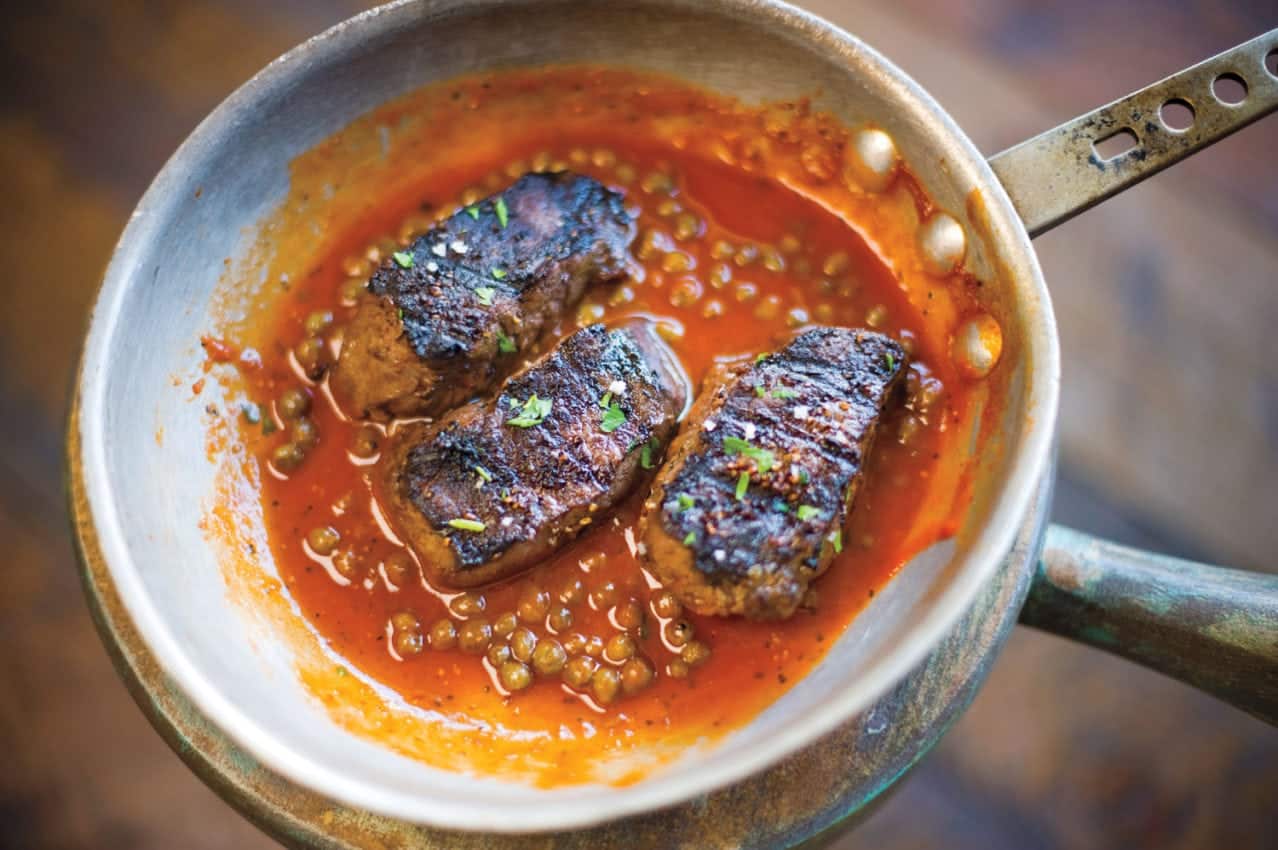
This is a variation of a bison recipe that also appears in this book and was featured by my friend the late A.J. McLane in Esquire’s “Man at His Best.” This is a great way to do any red meat tenderloins: beef, antelope, and even pork or lamb. With venison, I have the best results when I make medallions out of the backstraps or tenderloins. The blend of sweet wine and tomatoes with the salty anchovies and capers evokes the taste of Sicily. Simple, fast, and great! It goes well with penne dressed with toasted garlic, red pepper flakes, and olive oil. Add a crispy green salad, some crusty bread, and a bottle of good Chianti or some other soft and fruity red wine.
Rack of Lamb with Dijon Herb Crust
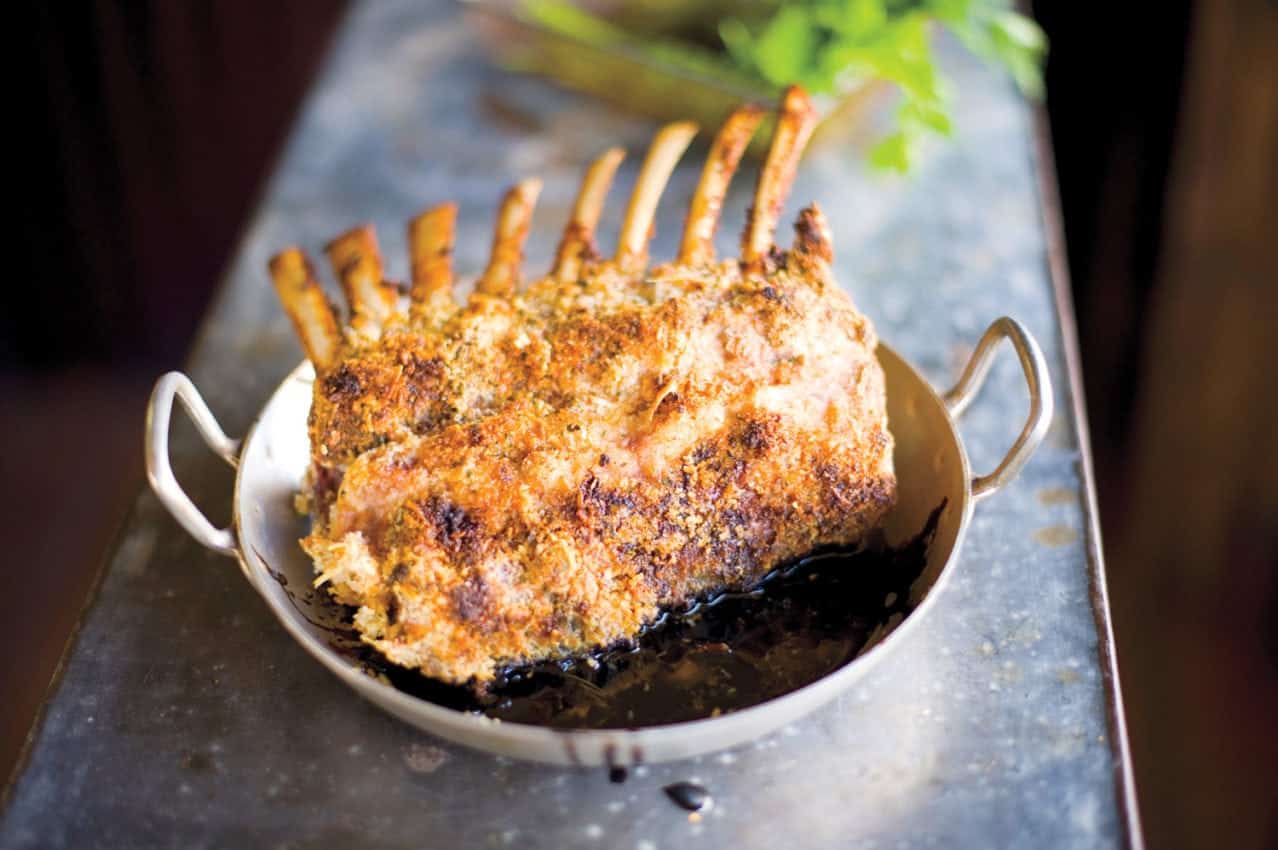
One of the first things I learned under Chef Daniel Bonnot at the Louis XVI restaurant in New Orleans was how to do his classic rendition of Rack of Lamb en Croute. In this case the crust wasn’t the usual puff pastry but a savory blend of breadcrumbs, herbs, and Dijon mustard. That was a long time ago, but this dish has an ageless quality that few dishes can boast. Some chefs like to “French” the lamb racks prior to cooking, which involves trimming all of the fat around the loin and cutting the fat and connective tissue off the rib bones themselves all the way to the eye. I’m lazy and I like to cook the racks the way they come, with the fat and meat that cling naturally to the bones. It gives me something to gnaw on. Trimming may improve the appearance but I’ll take the fat.
Plancha-Grilled Salmon with Fresh Basil Chimichurri
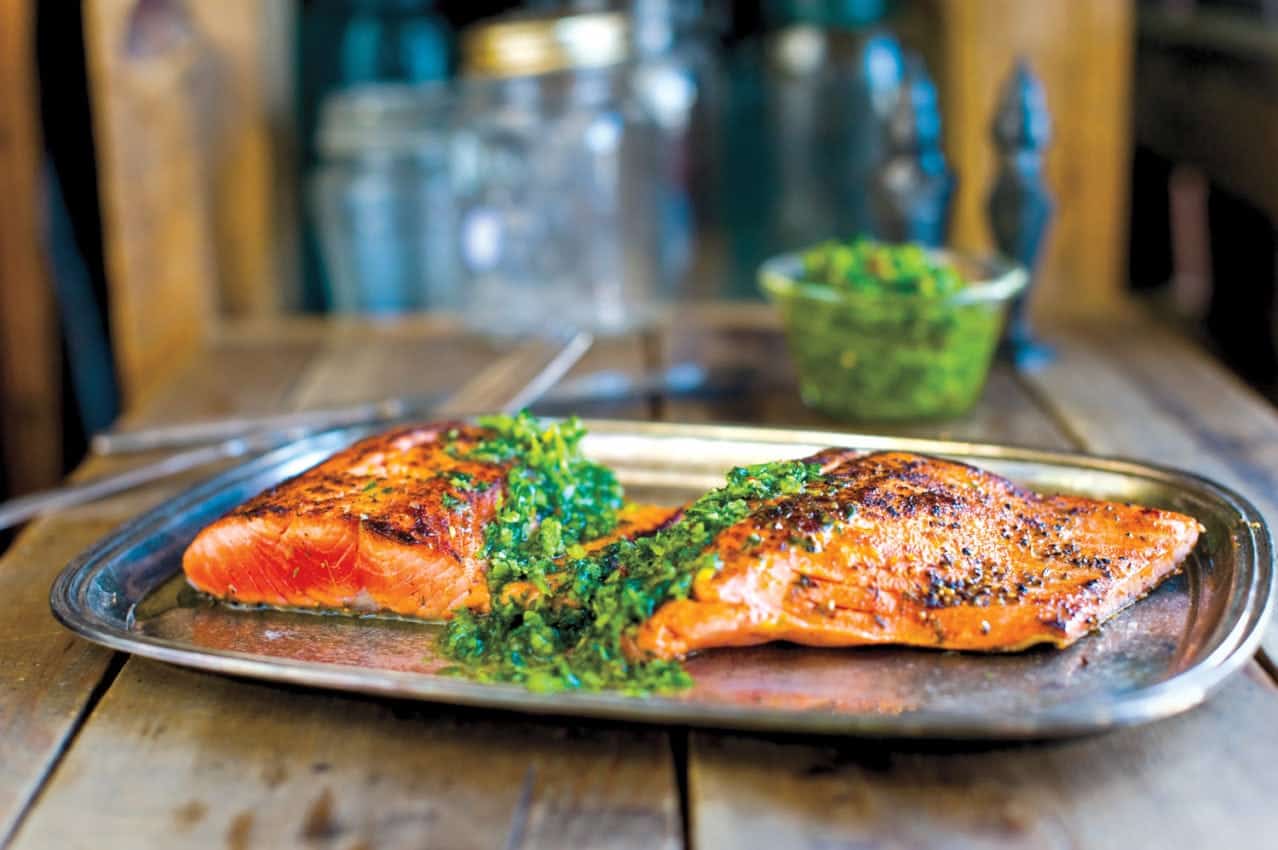
Here is a great twist on grilled salmon fillets. Even though the classic chimichurri sauce from Argentina is usually made from fresh oregano and parsley, I used the taste of fresh basil to enhance the flavor of plancha-grilled salmon: a reflection on how well the two flavors complement each other. The basil chimichurri may also be used in other applications, such as on grilled chicken breasts or pounded pork loin.
Campfire Trout
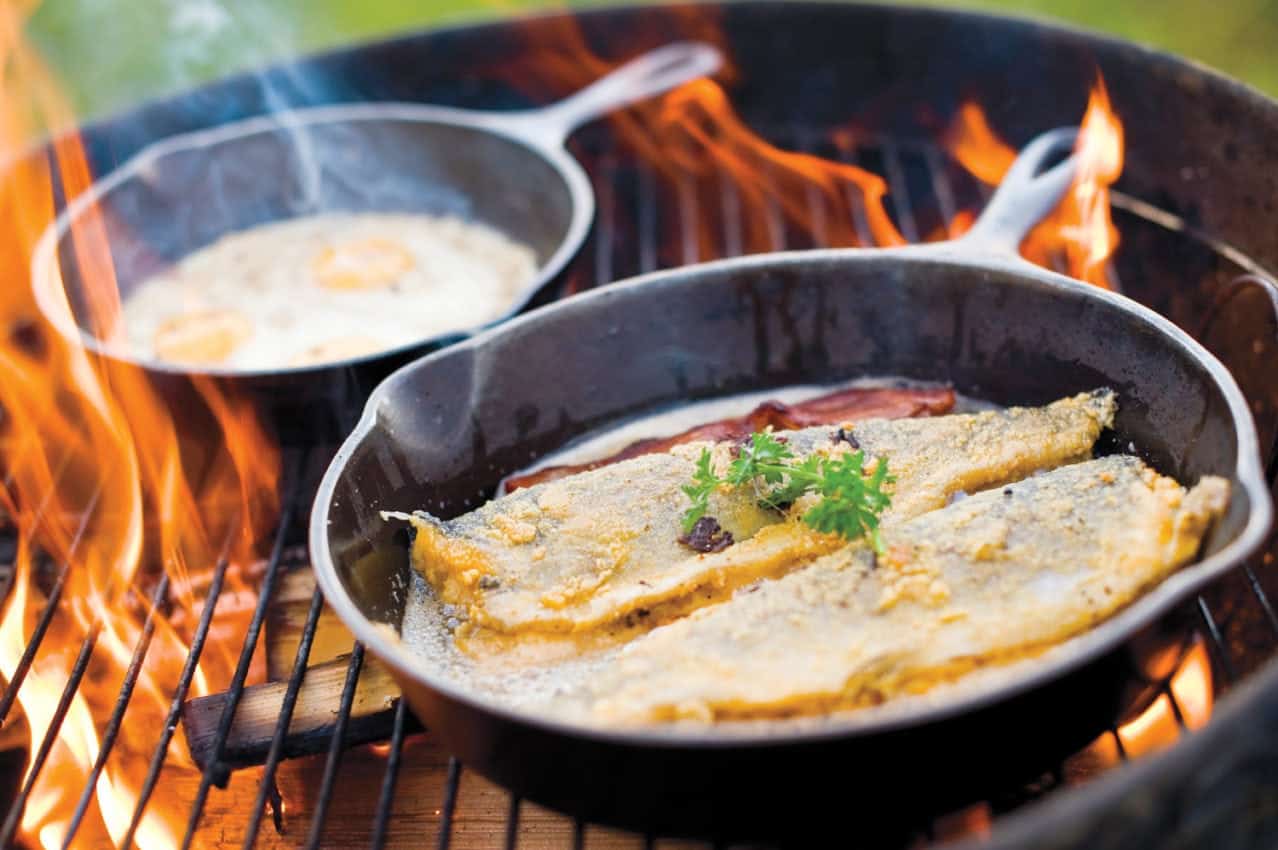
If you’ve never had a fresh brook or cutthroat trout out of a cold, clear Montana mountain lake, cooked over an open fire on the shore, then you’ve missed one of life’s great pleasures. The whole process is simplicity itself: fresh trout, flour, butter (or bacon fat), salt and pepper, and a cast-iron frying pan. That’s not to say you can’t do this at home; I often do, particularly for breakfast. (Yes, I can leave home and in less than an hour return with my catch.) But usually it’s something best done in the outdoors, preferably, camped beside the body of water that provided the fish.
Nachitoches Meat Pies
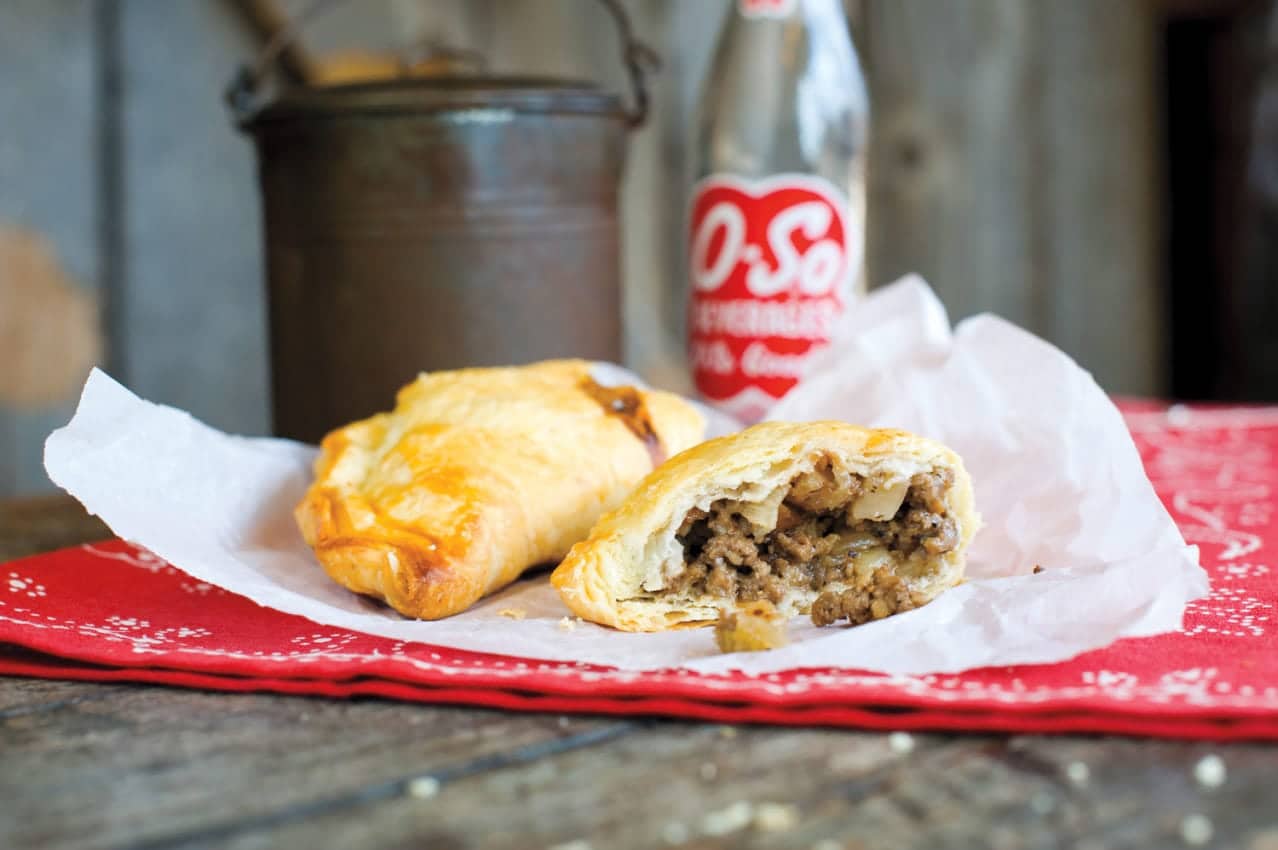
A thousand miles south of Butte is a little town on the Cane River in western Louisiana where they have been eating meat pies since the late 1700s. Nachitoches is a charming little town of antebellum houses nestled along a beautiful bayou laced with Spanish moss. At Lasyone’s you can buy a classic meat pie just like the ones sold by the street vendors and shops almost 200 years ago. The only difference is now they fry them in canola oil rather than lard. The concept is similar to the Butte pies but the Nachitoches pies are fried instead of baked, and the filling is much spicier. Wrap them well and these fully cooked pies will freeze for months.
Dutch-Oven Bison Stew
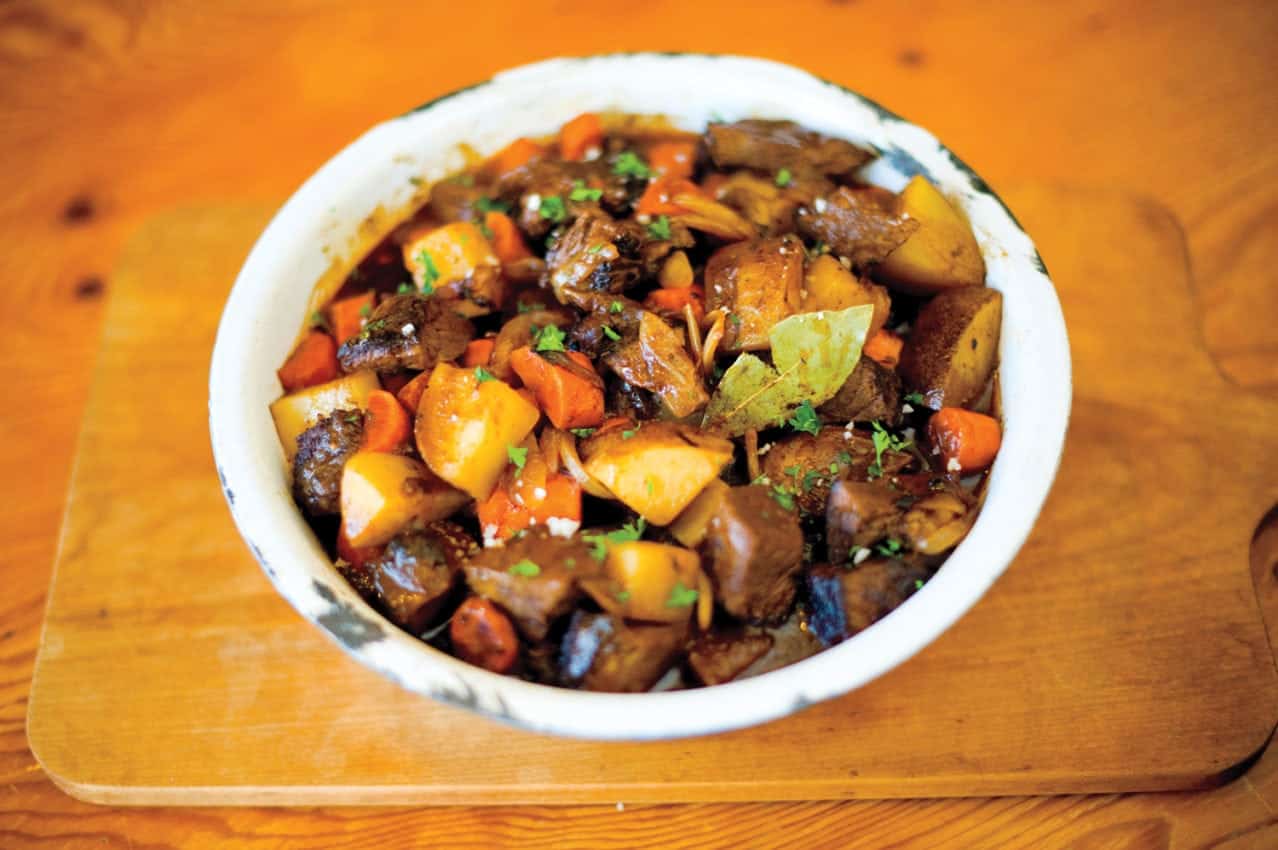
Today, it’s not like it was in the mid-nineteenth century, when the bison population ran in the millions before it was nearly wiped out. That said, between Yellowstone National Park in the south, Ted Turner’s ranch holdings in the middle, and the National Bison Refuge at Moise in the northwest, together with smaller bison ranching operations in between, Montana has become a virtual bison factory. I think it’s great (although many cattlemen would take serious issue with that statement). Bison meat is very high in protein, low in fat, and damn good eating, and this simple recipe is one of the best. You don’t have to cook this dish in a Dutch oven over an open fire for it to be outstanding, and furthermore, you don’t have to serve it steaming hot on tin plates, in a hunting camp, pitched by the side of a rushing mountain stream, but it helps.
Huckleberry Ice Cream
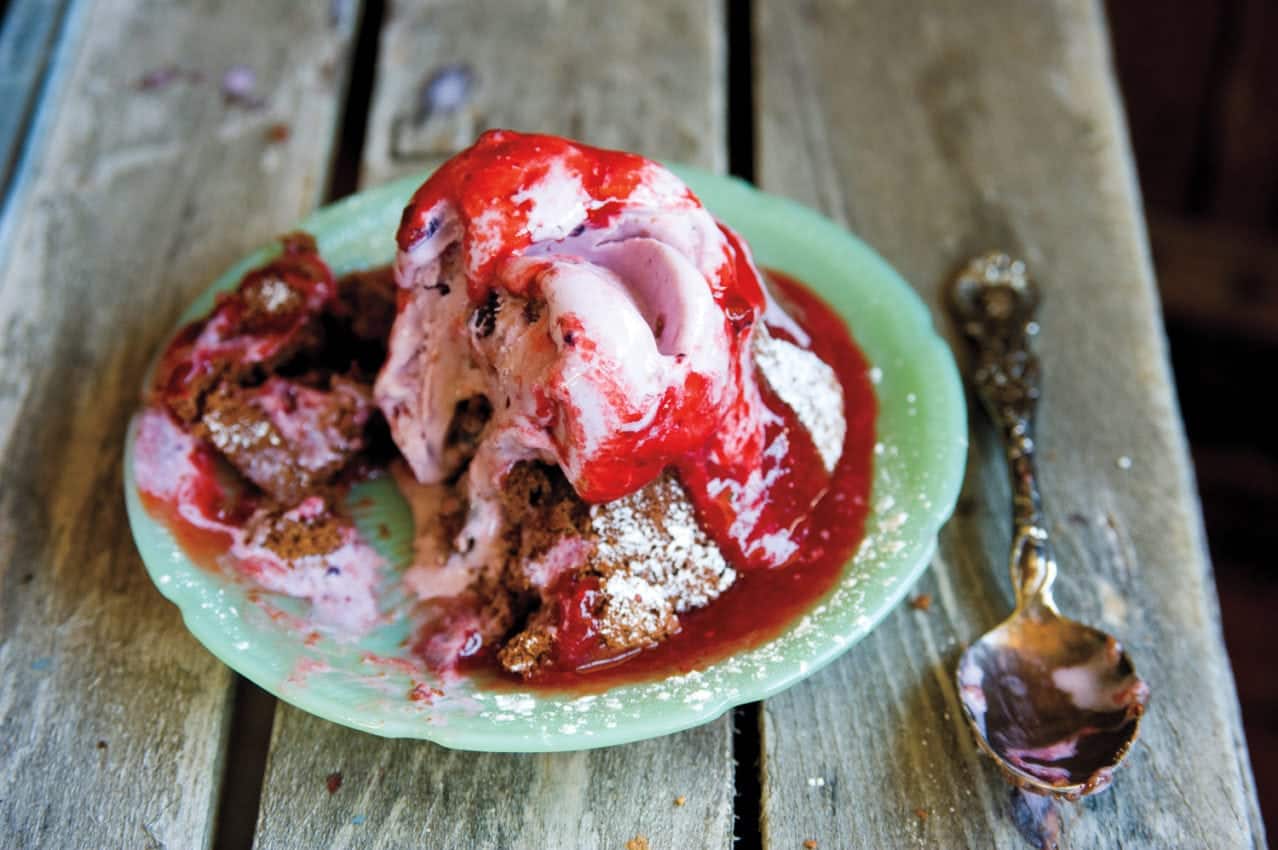
Lynn’s favorite!
 Lynn Donaldson
Lynn Donaldson
Lynn collects Hereford cow figurines and vintage Tony Lama cowgirl boots. She’s partial to gravel roads, Tammy Wynette and farm-fresh everything. She loves her job and feels like a professional tumbleweed. She confirmed this love after several years in New York City. It’s now fun to go back to her Big Apple stomping grounds, but the West is where my heart is.
She’s an avid runner and a perfectionist, but she doesn’t need a lot of planning. She’s a fly by the seat
of her pants and reacts to what’s in front of her. Last year, she visited 25 cities on assignment, often stacking jobs so tightly that Delta’s Sky Club began to feel like her home office. She’s a big believer in carry-on travel; she fills her Lowepro backpack with gear and just a couple other things. She can’t stand sitting still.
She married a grown-up Tom Sawyer, book smart but full of adventure. And that adventure has landed them in places all over the globe, sometimes with their three kids in tow. She feels very lucky to have found a balance of being based in Montana but shooting for clients all over the world. She just loves that one day she might be photographing Ted Turner on his Snowcrest Ranch . . . and then a few days later find herself in a man camp in the Bakken Oil Fields or at an upscale lodge in Venezuela. “You just never know where your camera is going to take you”, she says.
Discover more about Lynn and her work at LynnDonaldson.com.
Jay Bentley
Not just a major vacation destination, Montana is a veritable melting pot of delicious grub. Add to it the wide-open spaces, outdoor living, and the riches of nature, and it’s enough to make any vacationer question the decision to go home! Prepare yourself for what the authors call “great, honest, and authentically hearty chow you can prepare at home,” the Montana way. Open Range, written by Jay Bentley and Patrick Dillon, serves up generous portions of meat—including venison, quail, duck, elk, fish, pork, and beef—in near-excess, and all manner of favorite local steakhouse sides.
Jay Bentley has been the founder, chef, and owner, of several Montana restaurants over the years including The Continental Divide, in Ennis, and The Mint Bar and Café in Belgrade outside of Bozeman. He and his wife Mary Timmer Bentley have recently opened a new restaurant in downtown Bozeman called, surprisingly enough, Open Range, featuring farm to market regional cuisine and of course Montana raised beef, pork and lamb.
At the ancient age of 40, he got his start as an apprentice in New Orleans under transplanted Parisian chef Daniel Bonnot at the venerable Louis XVI restaurant and worked several other French kitchens in the South. After the opening his first restaurant, The Continental Divide in Ennis, he went on to serve stints as corporate chef to several major American corporations including Whirlpool, Sunbeam, and Coleman.
Jay, along with his wife Mary, reside in Bozeman, a haven for all kinds of outdoor enthusiasts, nestled in the mountains of Southwest Montana where he eats, drinks, and chases wild trout with an old bamboo fly rod.
Learn more about Jay’s restaurant at OpenRangeMT.com.
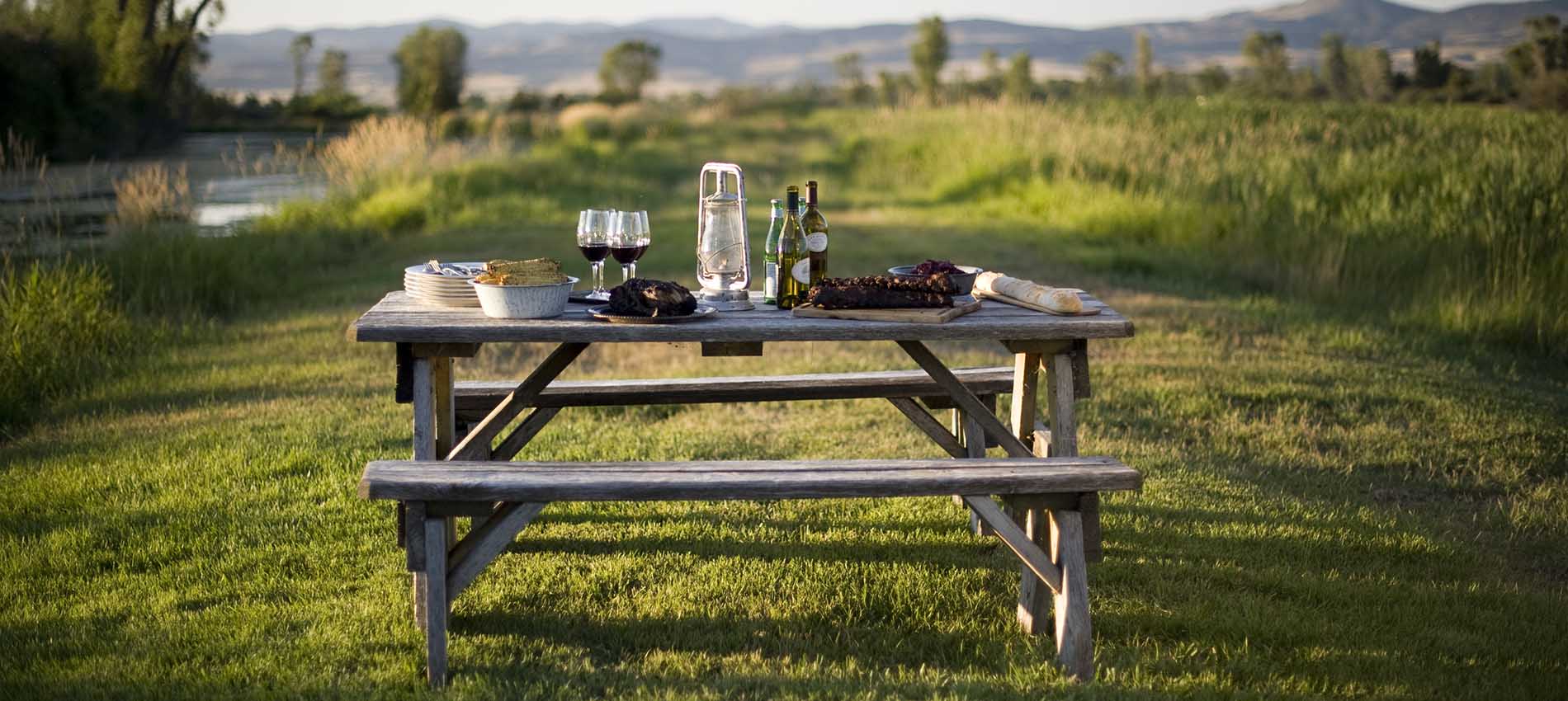
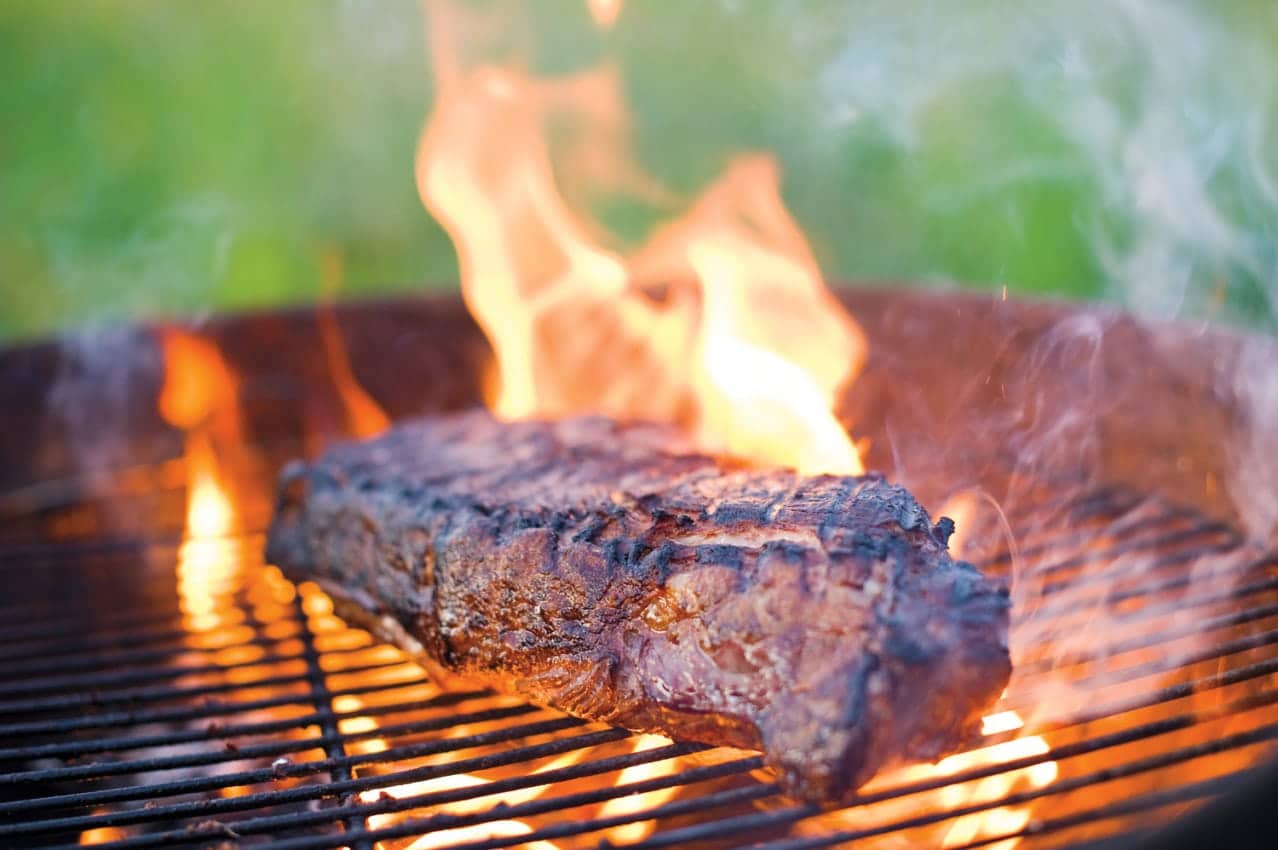
 Lynn Donaldson
Lynn Donaldson